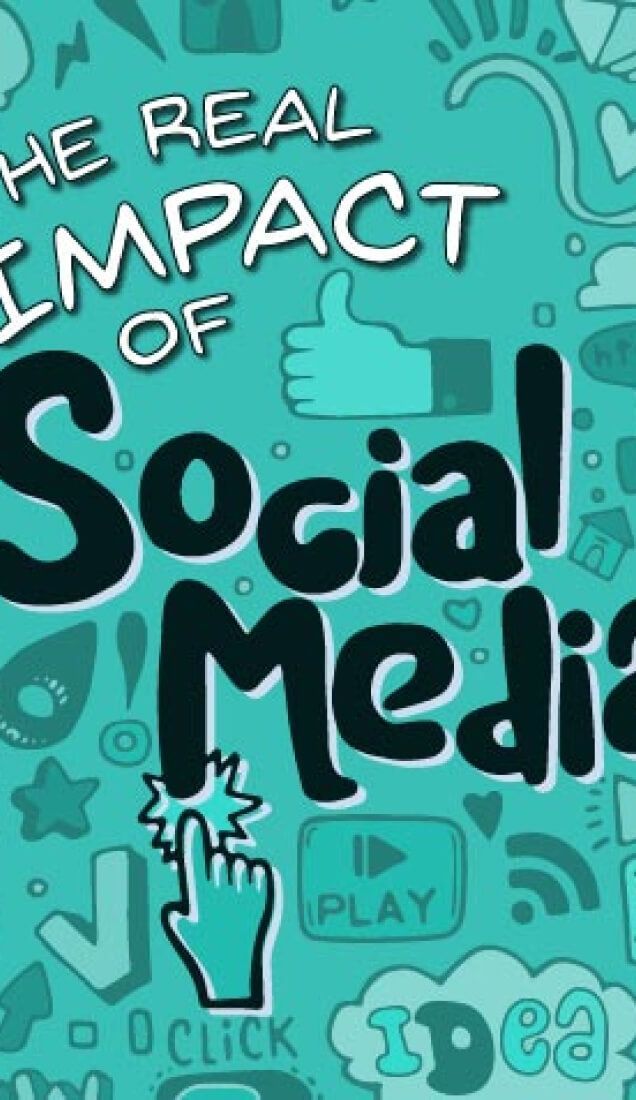The Evolution of UGC
ONQOR Admin
July 12, 2023
User-Generated Content (UGC): Harnessing Authenticity for Brand Engagement
User-generated content (UGC) encompasses any content about a brand, product, or service created and shared by individuals on social platforms. UGC’s power lies in its authenticity, providing genuine insights into real people’s opinions, unlike traditional brand-generated content. Social media’s rise has fueled UGC’s growth through unboxing videos, photos, blog post, testimonials, and more.
Traditional UGC
Following the influencer era, UGC has evolved beyond consumer-created organic content to include diverse user-generated content. The Share a Coke Campaign exemplifies traditional UGC. In 2011, Coke Australia printed popular names on bottles to encourage consumers to find and share their experiences using #ShareACoke on social media. The campaign was highly successful, with over 500,000 images shared within the first year and 250 million named bottles sold that summer in a country with fewer than 23 million people.
Brands have used traditional UGC not only to enhance brand awareness but also to build a loyal customer base. ASOS’s #AsSeenOnMe campaign, launched nearly a decade ago and still active, has generated over 1.4 million post. This initiative invites users to share their ASOS purchases for a chance to be featured on the brand’s Instagram and website. According to Stackla’s 2021 report, 43% of consumers are more likely to engage with a brand that shares their photo or video, while 61% express increased loyalty when part of a customer advocate community.
The Age of The Influencer
However, these campaigns emerged before the influencer marketing boom. While influencer content qualifies as UGC, the distinction lies in paid versus organic creation. Organic UGC, voluntarily created by consumers, offers greater authenticity and credibility compared to influencer content, which is often orchestrated by brands.
The UGC Creator
Within influencer marketing, UGC creators differ from traditional influencers. Influencers are paid to share content on their channels, while UGC creators produce content for brands without featuring it on their personal platforms. This approach aims to emulate organic UGC’s authenticity while allowing brands to control the narrative. As TINT predicts, the rise of staged UGC may prompt regulatory agencies to establish transparency guidelines for UGC creators.
Stackla reports that consumers perceive UGC as twice as authentic as brand-created content. This sentiment is reinforced by TINT’s 2023 Social Report, which ranks authentic UGC as the most trustworthy form of content.
While staged UGC serves the consideration and conversion stages of the marketing funnel, authentic UGC supports all stages, from awareness to advocacy. Learn effective strategies to incorporate UGC into your social strategy to enhance brand authenticity and consumer engagement.








